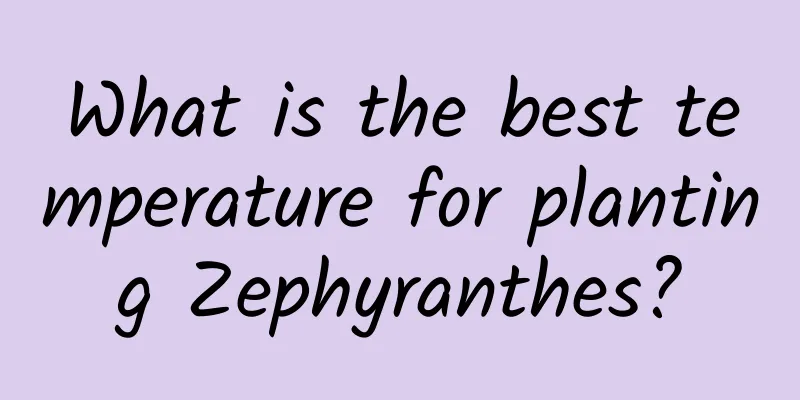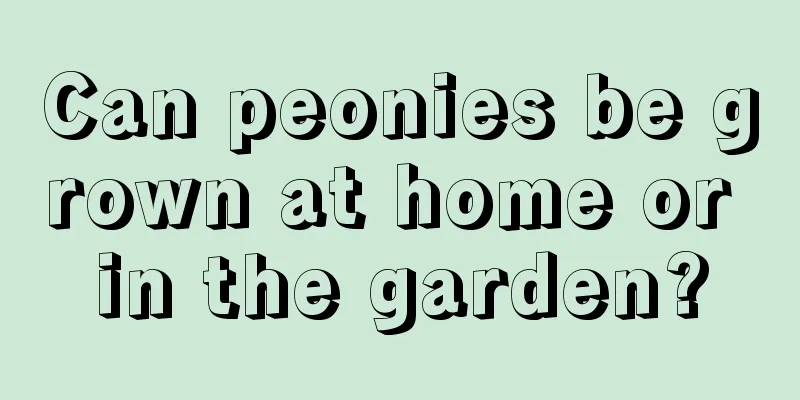How to plant blood-replenishing grass

Soil and fertilizer selection for LimoniumLimonium requires loose soil. You can choose sterilized leaf mold or mix peat and perlite in a 1:1 ratio. Limonium has a high demand for boron, so adding borax to the base fertilizer can effectively regulate soil fertility while adjusting soil pH. Top dressing can be done by indirect application of diluted bean cake water and quick-acting nitrogen, phosphorus and potassium.Temperature Control of LimoniumAfter sowing, blood-replenishing grass needs to undergo low-temperature vernalization treatment to help it bloom. It is sown in autumn when the temperature is 18-21℃, and it usually germinates in about 5 days. After germination, the seedlings can be placed in low-temperature treatment below 16℃, and then placed in normal temperature for maintenance after 3 days. When the first true leaf appears, the seedlings can be divided, and when the leaves reach 5 to 6, they can be transplanted. Generally, transplanting is done in October and November. The flowering period is from June to August. The temperature should be 18 to 20℃ during the day and 10 to 15℃ at night, and the minimum temperature should not be lower than 0℃.Light Control of LimoniumLimonium requires a ventilated and light-permeable environment, which can effectively reduce the occurrence of diseases. The cultivation method can be double-row cross planting or three-row planting. Plum blossom-shaped planting is also very common in field planting. Limonium likes light, so you need to pay attention to light during the planting process. Of course, exposure to the sun is not allowed, and shade is needed at noon in summer.Later maintenance of blood-replenishing grassDuring the period of inflorescence emergence and growth of Limonium, the supply of water and fertilizer must be sufficient, otherwise it will easily cause the flower branches to be short and the flowers to be sparse. When blood-replenishing grass is growing, it is necessary to pull nets or erect supports to prevent it from falling over. After harvesting the first batch of flowers, remove old branches and dead leaves in time to promote the germination of new buds and avoid consuming more nutrients. It should be noted that blood-replenishing grass is a taproot plant and must be transplanted with soil during the seedling stage to prevent root damage and increase the survival rate. |
<<: When does Alstroemeria bloom?
>>: Difference Between Viburnum and Clove
Recommend
Common Pests of Pilea
Pests of Pilea: Scarab beetles The scarab beetle ...
Hydroponic Hoya diagram
Select branches If your Hoya is a young plant, yo...
Monstera beheading method
1. Time Selection Monstera is very easy to grow, ...
The difference between honeysuckle and two flowers, honeysuckle pictures
1. The difference between honeysuckle and honeysu...
How often should I water the hibiscus?
How often should I water the hibiscus? Hibiscus b...
Sweet potato planting time
Sweet potato, also known as sweet potato , sweet ...
Will mimosa bloom? When will it bloom?
1. Introduction Mimosa is a perennial herb or sub...
Mulberry bonsai maintenance methods Potted mulberry planting technology and management
Fruit mulberry potted plants are best planted in ...
How to grow chrysanthemums
1. Maintenance conditions 1. Light: It must be in...
Can mosquito repellent grass be grown hydroponically?
Can mosquito repellent grass be grown hydroponica...
How to cultivate the splendid azalea
1. Maintenance methods 1. Temperature: Splendid a...
Geranium cutting method
1. Time Selection Generally, cuttings are chosen ...
How to care for Margaret chrysanthemum
Margarite Chrysanthemum Growing Conditions Margar...
How to increase tomato yields (how to plant and manage tomatoes for high yields)
How to grow and manage tomatoes for high yields T...
Date palm planting conditions and climatic conditions required for growth
Date palm cultivation conditions Date palms prefe...









